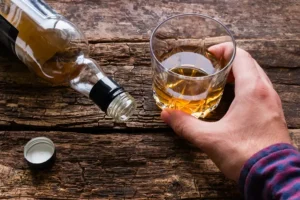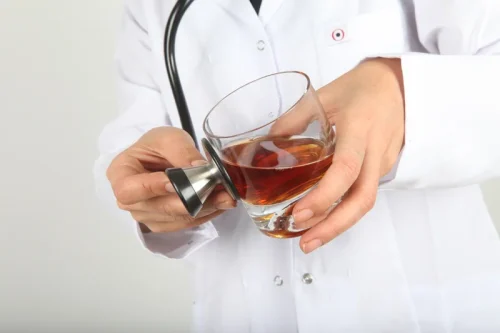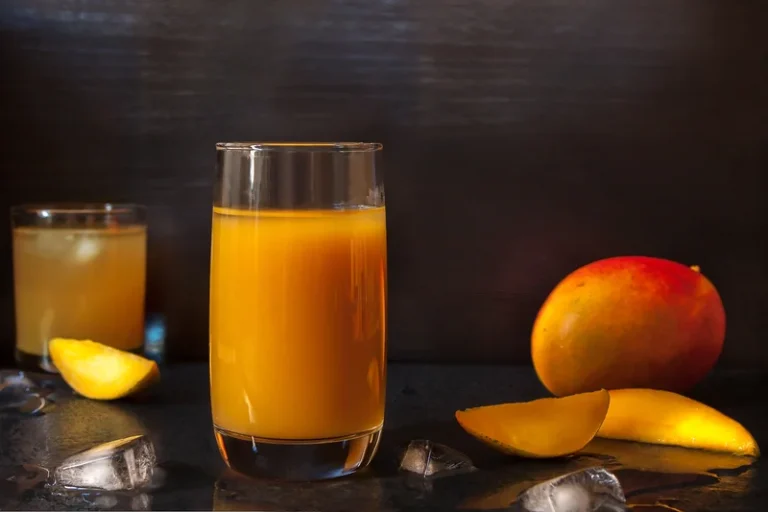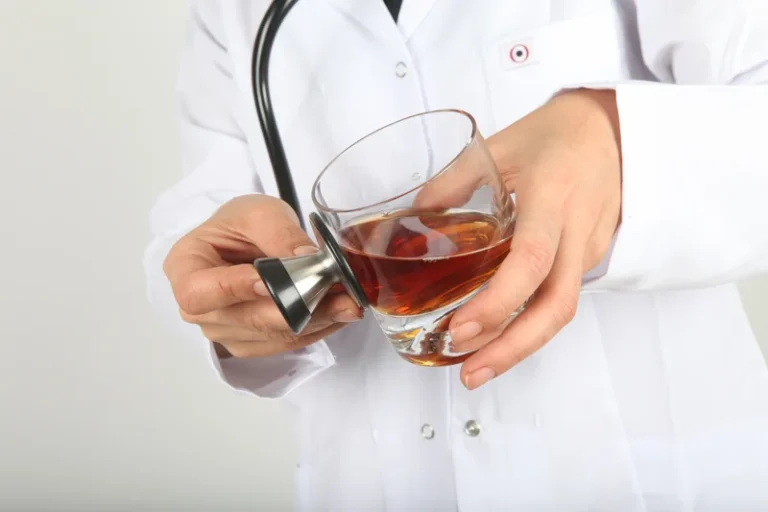
Despite manufacturer claims, these are chemical compounds rather than “natural” or harmless products. These drugs can produce a “high” similar to marijuana and have become a popular but dangerous alternative. Signs and symptoms of drug use or intoxication may vary, depending on the type of drug. According to the Centers for Disease Control and Prevention (CDC), over 100,000 people in the U.S. died from a drug overdose in 2021. Maintaining sobriety after treatment for substance use is no small undertaking. It’s a lifelong journey involving continually learning how to apply new coping skills to everyday life.

Causes & Risk Factors of Addiction

Not all individuals with a SUD are addicted to the drug in question, but a subgroup are. At the severe end of the spectrum, these domains converge (heavy consumption, numerous symptoms, the unambiguous presence of addiction), but at low severity, the overlap is more modest. The exact mapping of addiction onto SUD is an open empirical question, warranting systematic study among scientists, clinicians, and patients with lived experience. No less important will be future research situating our definition of SUD using more objective indicators (e.g., 55, 120), brain-based and otherwise, and more precisely in relation to clinical needs 121.

Recovery
- Longitudinal studies that track patient trajectories over time may have a better ability to identify subpopulations than cross-sectional assessments 13.
- Few, if any healthcare professionals continue to maintain that schizophrenia, rather than being a disease, is a normal response to societal conditions.
- Indeed, timing has a strong impact considering conflicting results obtained after experimental manipulations of histone acetylation.
- Some people may start to feel the need to take more of a drug or take it more often, even in the early stages of their drug use.
Someone who abuses drugs uses a substance too much, too frequently, or in otherwise unhealthy ways. During the last three decades, combine effort has been dedicated to identify brain regions and molecular pathways involved in the development of addiction to drugs of abuse. Here, we will focus on experimental approaches that helped to provide a clearer picture on the physiopathology of drug addiction guiding therapeutic opportunities. Addiction is a natural language concept, etymologically meaning enslavement, with the contemporary meaning traceable to the Middle and Late Roman Republic periods 115. As a scientific construct, drug addiction can be defined as a state in which an individual exhibits an inability to self-regulate consumption of a substance, although it does not have an operational definition.

Drugs, Brains, and Behavior: The Science of Addiction
- Brain plasticity is a fascinating capacity allowing appropriate modification of the neural activity in response to new experiences and environmental stimuli 32.
- 3 Someone using their opioid pain medications as prescribed can develop some physiological dependence but may not exhibit the compulsive behaviors of addiction.
- No connection is made between choice processes and rule following, so it is not clear how the major argument about the role of choice in drug abuse connects to the prevalence of rule following.
- Because of this, neurobiology is a critical level of analysis for understanding addiction, although certainly not the only one.
- This explains why individuals who chronically abuse drugs or alcohol begin to appear lethargic, unmotivated and depressed, and report a lack of pleasure in things that were once pleasurable.
- The first studies showing potential positive effects on drug addiction were reports on application of NAc DBS primarily intended for other medication-refractory neuropsychiatric disorder where a comorbid drug addiction was unexpectedly resolved 226, 227.
The fact is that the brain changes that are the hallmark of addiction are set in motion by the behaviors of substance-seeking coalescing into near-automatic habit. The evidence indicates that they can be reversed by changes in behavior and environment. When they first use a drug, people may perceive what seem to be positive effects. Some people may start to feel the need to take more of a drug or take it more often, even in the early stages of their drug use.
- From a conceptual standpoint, however, a chronic relapsing course is neither necessary nor implied in a view that addiction is a brain disease.
- This represents crucial evidence that gene-specific changes to the epigenome are not simply correlated, but rather causal, in regulating transcriptional responses to drugs of abuse administrations.
- Seeking out and taking the substance becomes a near-constant activity, causing significant problems for them and their family and friends.
- Dysregulated substance use continues to be perceived as a self-inflicted condition characterized by a lack of willpower, thus falling outside the scope of medicine and into that of morality 3.
- To counter this, they increase their substance use in an attempt to feel the same pleasure they used to.
Medical Professionals
Further studies showed that histone PTMs that occur in the NAc after chronic drug administration are locus specific 150, 190, 191. Conversely, hundreds of genes show opposite or no changes in these same PTMs after drug exposure. What defines whether, and in which direction, a specific gene is modified in the context of a global histone PTM is an intriguing and unsolved question 161. These genome-wide studies (ChIp on chip or ChIpSeq) are nowadays fundamental to understand where PTMs and other epigenetic modifications are deposited. Besides the PFC, other brain regions appear to be key areas in drug addiction as the paraventricular thalamus (PVT) – a central hub for cortical, sensory and limbic information 134,135,136,137,138,139,140. In 2016, Zhu et al. 141 showed that chronic morphine administration potentiates excitatory synapses between the PVT and D2R MSNs via insertion of GluA2-lacking AMPARs.
Treatment approaches

The suffering that comes along with addiction can be immense, but treatment offers a ray of hope for the future. And the prefrontal cortex, the area of the brain responsible for rational decision-making, judgment, and control of behavior gets weakened, its connections to other parts of the brain pruned away. The act of repeatedly using a highly pleasurable experience—drugs, gambling—alters neurons; they adjust their wiring to become increasingly efficient at the experience. As problematic as the consequences can be in someone’s life, the process can, through effort, be reversed.
Treatment Implications of Understanding Brain Function During Early Abstinence in Patients With Alcohol Use Disorder
Research shows that combining addiction treatment medicines with behavioral therapy ensures the best chance of success for most patients. Treatment approaches tailored to each patient’s drug use patterns and any co-occurring medical, mental, and social problems can lead to continued recovery. Regarding drug addiction, some epigenetic marks seem fundamental and upstream as illustrated by HDAC inhibitors effect on drug-induced synaptic and behavioural modifications 178, 198,199,200. Additionally, Maze et al. 201 demonstrated morphological plasticity induced by cocaine through the histone methyltransferase G9a. Again advocating for causal epigenetic, Authement et al. 66 demonstrated that HDAC inhibition locally in what is drug addiction the VTA is sufficient to reverse epigenetic modifications and synaptic plasticity changes after morphine administration.

Leave a reply